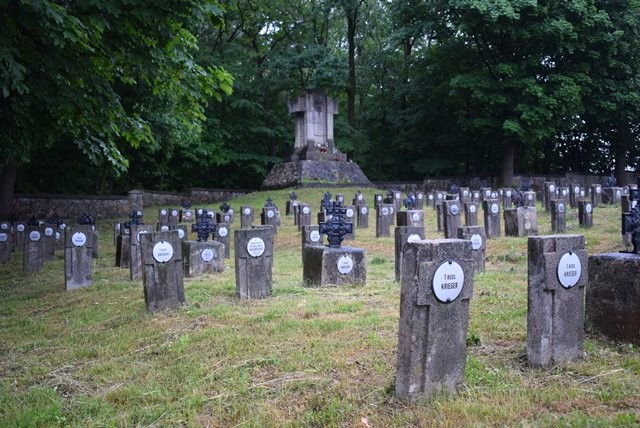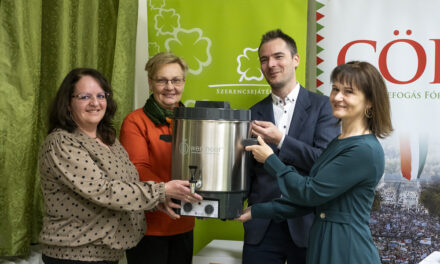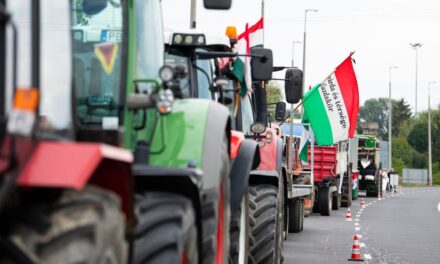The Krajczáros Foundation published its attention-grabbing lines:
Before the day of national unity, the Krajczáros Foundation's "Memorials of the First World War" was published.
the third volume of the trilogy, which (like the previous two) is not commercially available. The publication can be accessed by those interested in the topic, but also by schools, libraries and Hungarian-speaking communities beyond our borders. Copies of the publication were also sent to countless public figures, with the undisguised intention that after the centenary of the Great War, they would draw attention to how much there is still to be done in the region, where our heroic dead soldiers sleep their eternal sleep. The homeland must not forget them, they deserve to rest in dignified conditions. For this, the willingness of volunteers and their busy hands are not enough, and quite a bit of money is also needed, for which state assistance is indispensable.
In the Highlands, in today's Northern Slovakia, consistent and hard work has been going on for more than a decade with the participation of Hungarian volunteers (including students and pensioners) to save the military cemeteries.
This current volume presents the region through the lens of war grave care, flashes past military events, the struggles of our soldiers who fought there, explains the current state of the war graves (plots), the necessary tasks, and the situation of reconstruction works, supported by many colorful photos. In addition to the staff of the Hungarian foundation, which participates significantly in this program series, other civil formations from the V4 countries are also present.
This time, the authors focus on around 50 military cemeteries located in Mezőlaborc and Homonna districts.
The former soldiers of the 17th National Guard in Fehérvár, Debrecen, Szeged, 1st in Budapest and many others whose lives ended on the battlefield are buried here... According to the book's editors, the war graves (also) connect us, the two neighboring citizens of the country.
It would be good if, through this book, as many people as possible in the settlements of the Highlands inhabited by Hungarians, including those who live in what can now be considered scattered places, would consider it important to visit these cemeteries and participate in the work going on there. Photo: hadisir.hu












